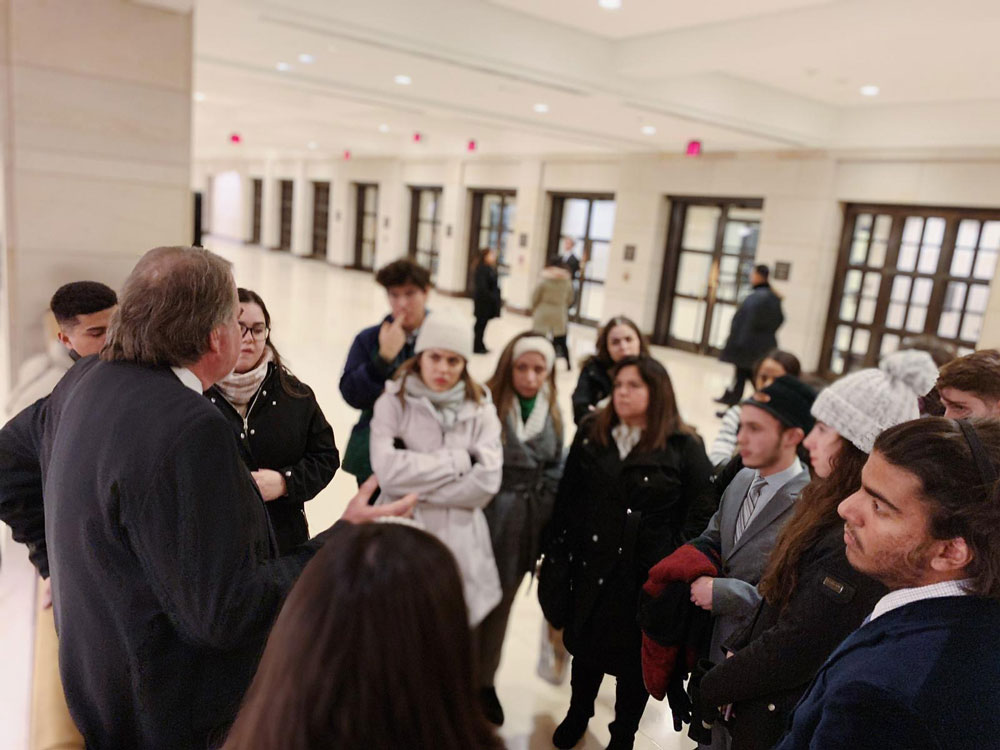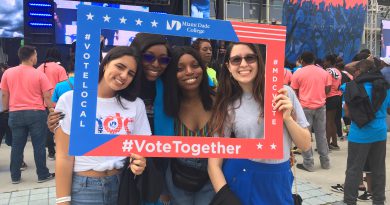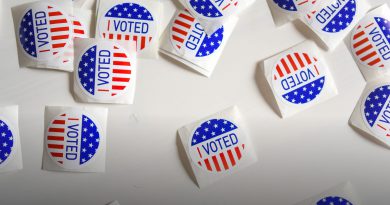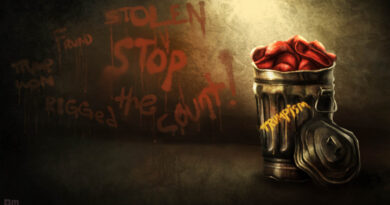D.C. Seminar Chronicles Politics And Media Amid Impending Presidential Election
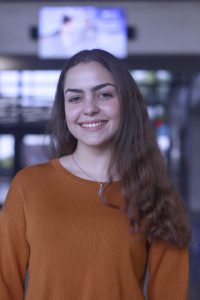
While in Washington, D.C., I witnessed history in the making.
On Jan. 9, twenty-six Miami Dade College students and I walked inside the House Chamber to see the representatives in action. Their old-fashioned decorum and rules of courtesy filled the room with a sense of authority and respect.
Surrounded by Victorian-style wooden chairs and Revolutionary War paintings, 224 House Representatives passed a War Powers Resolution that would limit the president’s ability to strike Iran without Congressional consent.
Emotions were high. Speaker of the House Nancy Pelosi gave her remarks only feet away from us. House Representative Alexandria Ocasio-Cortez waved at us from under the gallery. One of the students cried of joy.
This was one of the many moments I experienced at the Washington Center’s Inside Washington Seminar. We began our mornings with lectures by journalists, policy-makers and D.C. insiders at The Washington Center. They painted a picture of today’s chaotic and partisan political climate, explaining the way that impeachment and war in the Middle East would affect the upcoming presidential election.
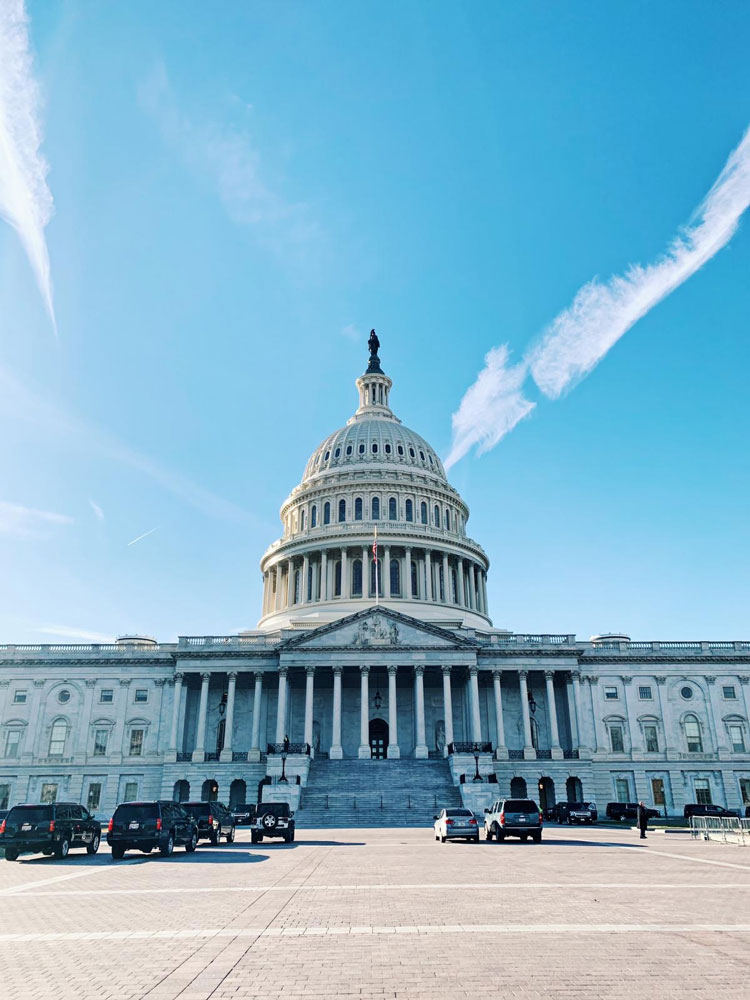
PHOTO COURTESY OF PAUL DOUILLON
Some lectures were lighthearted and fun, such as former Deputy Press Secretary Eric Schultz’s remarks on President Obama’s constant zen when surrounded by frenzied White House staffers.
Others were serious, such as a lecture on firearms restrictions. In the audience, the mother of a Parkland school shooting victim advocated for stricter gun laws, while the room erupted in applause.
Once noon hit, we were free to explore.
On our first free afternoon, I visited the White House, Washington Monument and memorials for wars and presidents. I vividly recall the Korean War Memorial, where the cost of war for each soldier was laid out at the base of the “Freedom Is Not Free” Wall. The impactful reminder gave me a new sense of respect for our democracy.
We also visited two of the Smithsonian museums. The eight-story National Museum of African American History and Culture walked us through a time machine that carried us from the 21st century to the 15th, showing us the civil-right struggles that African Americans like Emmett Till had to overcome throughout history.
At the interactive United States Holocaust Memorial Museum they gave us a fake passport with the life story of a Holocaust victim, which put a face to the exhibition and helped establish the importance of confronting hatred and promoting human dignity.
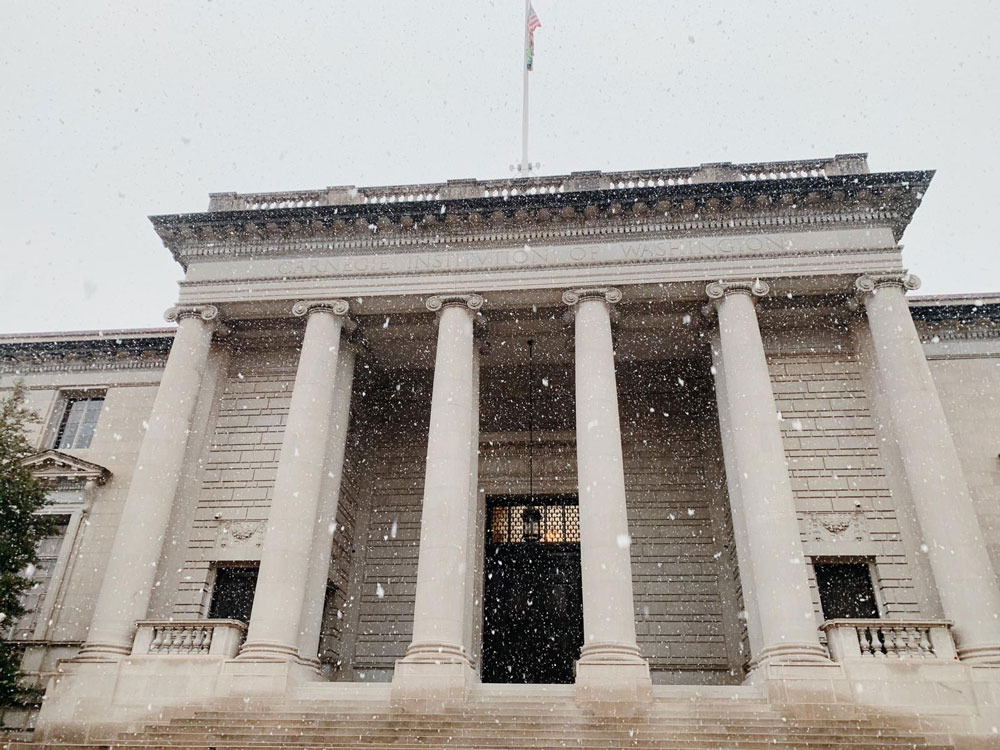
PHOTO COURTESY OF PAUL DOUILLON
Part of our trip aimed to teach students about D.C.’s culture. We soon became immersed in the quick-paced, crowded life of the city.
We walked to Chinatown to buy cheap souvenirs after a long day and were shocked by the electrifying nightlife. Billboards, lights and live performances filled the blocks. A 7-year-old boy caught my eye when free-styling a rap about freedom.
“I got my free-dom! I got my free-dom,” he said to the beat.
Food was also an important part of our experience. We craved new flavors foreign to Miami. Emily Sendin, a professor at Eduardo J. Padrón Campus, took us to Le Pain Quotidien, a Belgium restaurant. I ordered a waffle topped with berries, whipped cream and drizzle of Belgium chocolate.
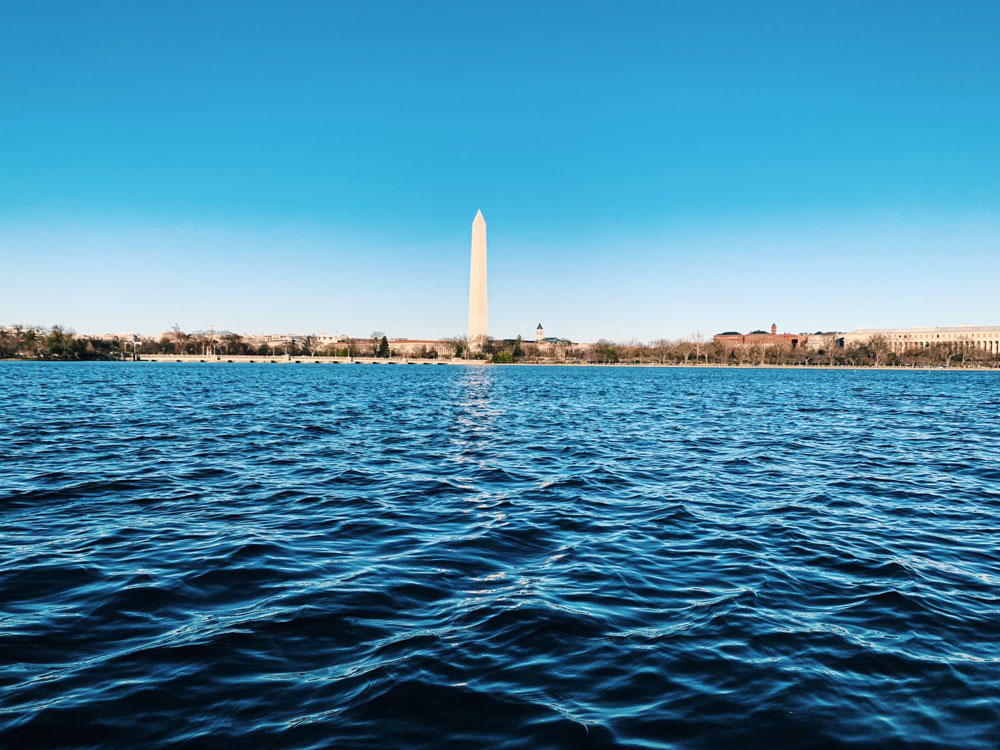
PHOTO COURTESY OF PAUL DOUILLON
Something that I didn’t expect to happen was finding such good friends.
An MDC student who attended the seminar last year told me I would get close to the other students. I just didn’t believe her. But after living with them for a week—with game nights, shared breakfasts, supermarket runs, ice skating on a frozen fountain and having so much fun in the snow—I can say with confidence that I will never forget them.
My trip to Washington, D.C. gave me a feel of what life in the capital is like. It enhanced my understanding of today’s political and media arenas and inspired me to aim higher in my life goals. It pushed me out of my comfort zone, and I am grateful for it.

